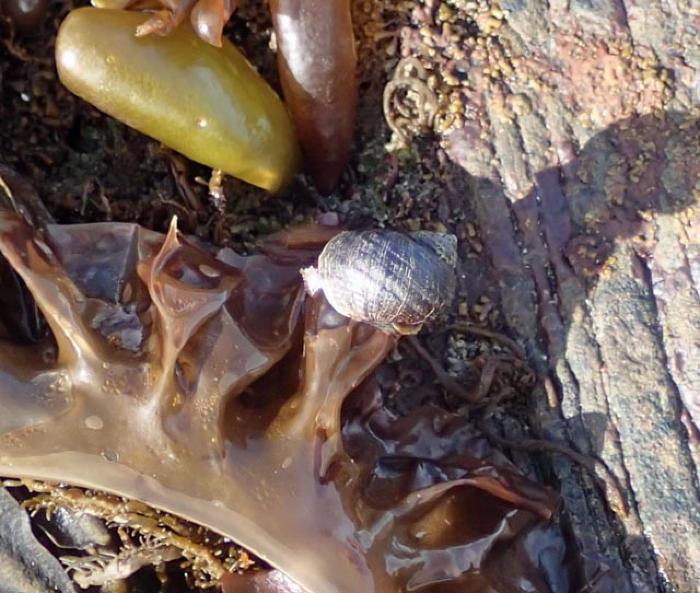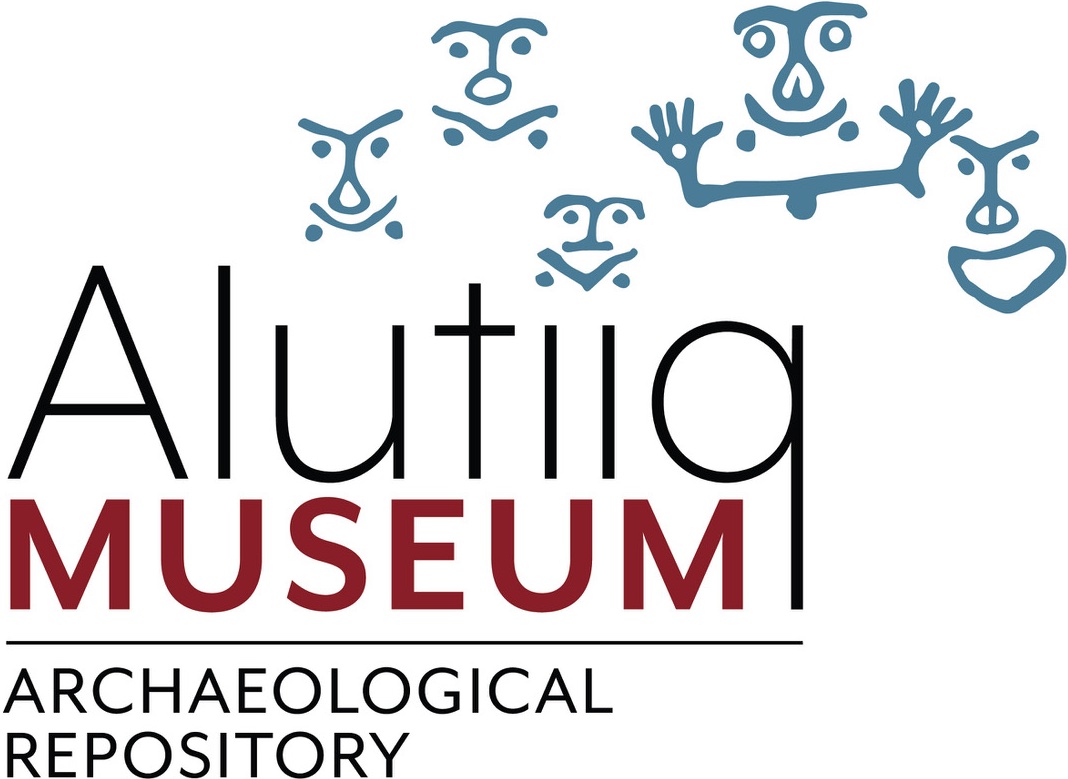Snail — Ipuk

Snails, particularly the periwinkle (Littorina sitkana), are common residents of Kodiak’s intertidal waters. These slow-creeping marine invertebrates are members of the gastropod family, a group that includes both snails and slugs. Periwinkles inhabit the rocky beaches of the North American Pacific coast from Alaska to Baja, California. They live in a protective, spirally coiled shell and prefer the high to middle intertidal zone. Here they eat algae and detritus and in turn, provide food for fish, birds, and crab.
Although these small shellfish grow to just half an inch long, archaeologists believe they were once a source of food. Periwinkle shells occur in large quantities in some late prehistoric settlements. While some snails may have accidentally made their way into ancient deposits as unsuspecting passengers on kelp and larger shellfish collected on local beaches, thick dumps of periwinkle shells in some sites suggest that snails were intentionally collected. How were these tiny creatures eaten? Periwinkles may have been dropped into hot broth to make soup. When cooked, the animals come out of their shells, which rise to the surface and can be scooped away.
